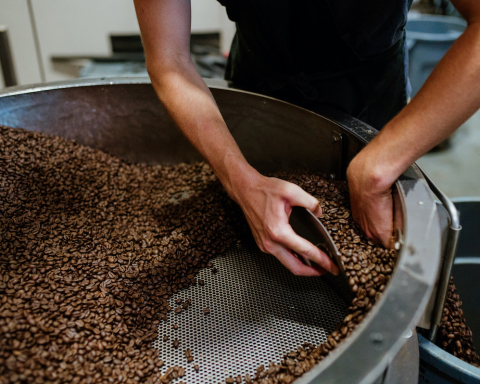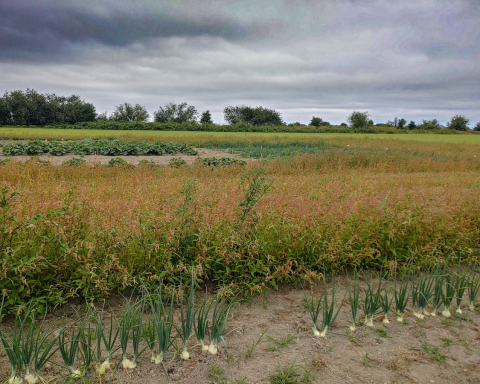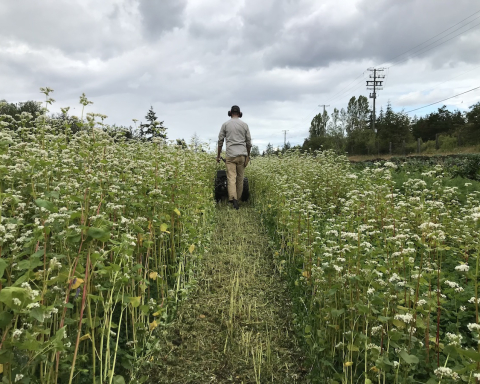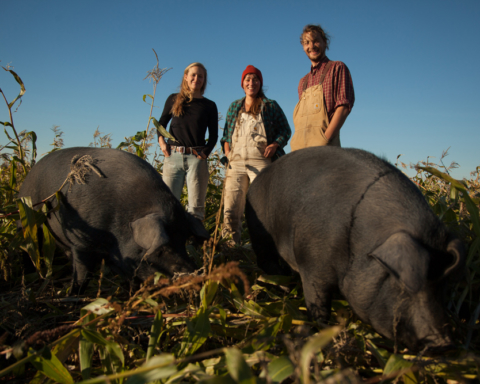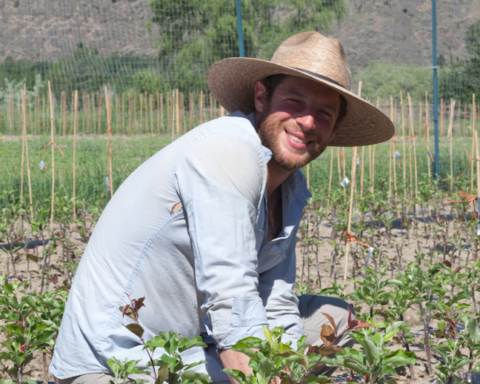An Inspector’s View
Stuart McMillan
This story originally appeared in The Canadian Organic Grower, Spring 2018, with thanks.
There are a number of great reasons to be an organic inspector. For myself, the primary one is getting to meet so many fantastic farmers, ranchers, and operators of organic operations across the diverse regions of Canada. Being able to ask people their reasons for decisions and directions on their operations is part of the job, and having them open up the entirety of their farms and facilities is an added perk. I have seen some stunningly beautiful corners of the country in my work. One element that stands out is the diversity of approaches taken in different regions of the country to achieve a common goal.
One of the strengths of the Canadian organic standard is that it recognizes the climatic and ecological diversity of the country and that the approaches taken in one region may not be suitable for another one. This approach is written right into the standards: “In the development of the standard, it was recognized that differences between Canada’s agricultural regions require varying practices to meet production needs” (CAN/CGSB-32.310, Introduction).
But this leads to one of the challenges I have encountered. Various goals and outcomes are mandatory across these regions. For example, it is expected that all organic products will come from a production system that “provides weed, pest, and disease control through enhancement of biodiversity, recycling of plant and animal residues, crop selection and rotation, water management, tillage, and cultivation” (CAN/CGSB-32.310, 1.2b).
This creates some curious challenges while trying to conduct an inspection in an efficient and expedient manner.How does one assess the enhancement of biodiversity? Some farms I have been to have a deep understanding of their region’s ecology and have implemented various practices to promote biodiversity, while other farms appear to not even know this is a requirement.
In recent years, the US organic standards have tried to strengthen their promotion of biodiversity with linkages with other agricultural conservation organization like the Natural Resources Conservation Society (NRCS) to promote best land use practices by farmers. NRCS has developed a focused organic program called “Conservation for Organic Farmers & Ranchers”.
To date, Canada has been slower to have extensive federal support to promote on farm biodiversity. With the reduction in provincial extension services, especially services that can provide organic expertise, farmers find their support networks limited. Without sound guidance on how to improve biodiversity in a meaningful manner, many farmers are uncertain how to move forward. As a result, we continue to find this discrepancy of ecological practices on organic (and non-organic) farms in Canada.
While the flexibility of the organic standards can be an advantage, they are also at times ambiguous. Ambiguity leads to confusion, confusion leads to inaction. Inaction, when it comes to promoting biodiversity on organic farms, leads to erosion of the goals and outcomes of the organic system.
Stuart McMillan is the manager of Legends Organic Farm. He inspected organic farms, ranches, and processors across North America for over 10 years.



